This is a story that began in the Swiss mountains as an echo of the writings of the Swiss novelist Charles-Ferdinand Ramuz. This plot gave birth to Antoine, a peculiar architectural creature that welcomes many nomadic inhabitants and nature enthusiasts since 2014, offering them shelter inside the figure of the boulder. The story continues, becoming a short series with the appearance of a new member, Thérèse, built in 2022.
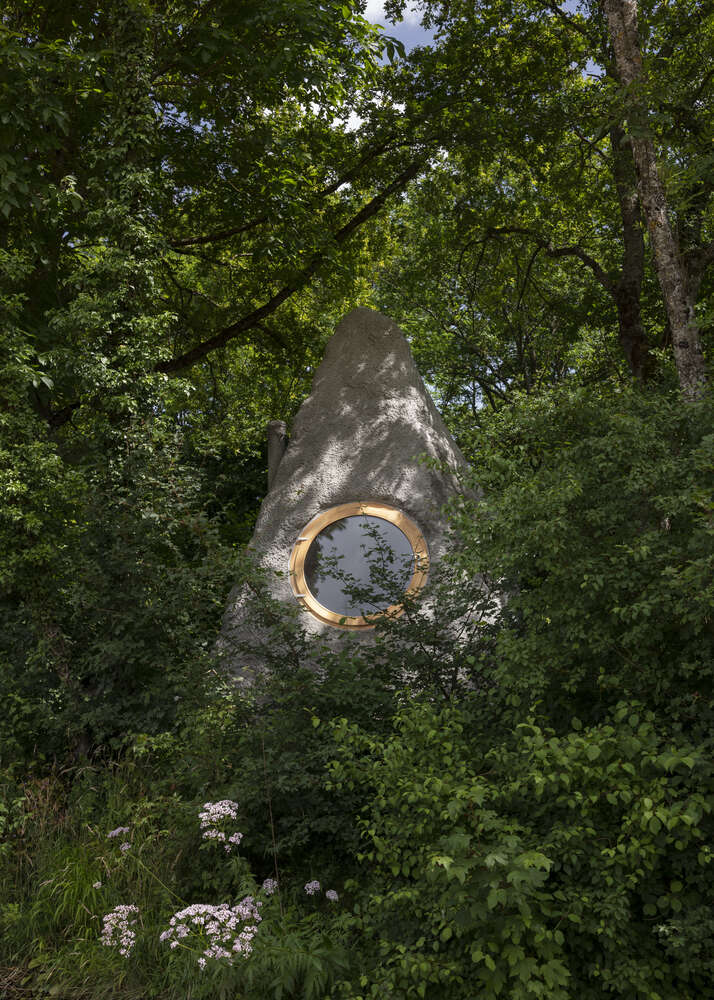
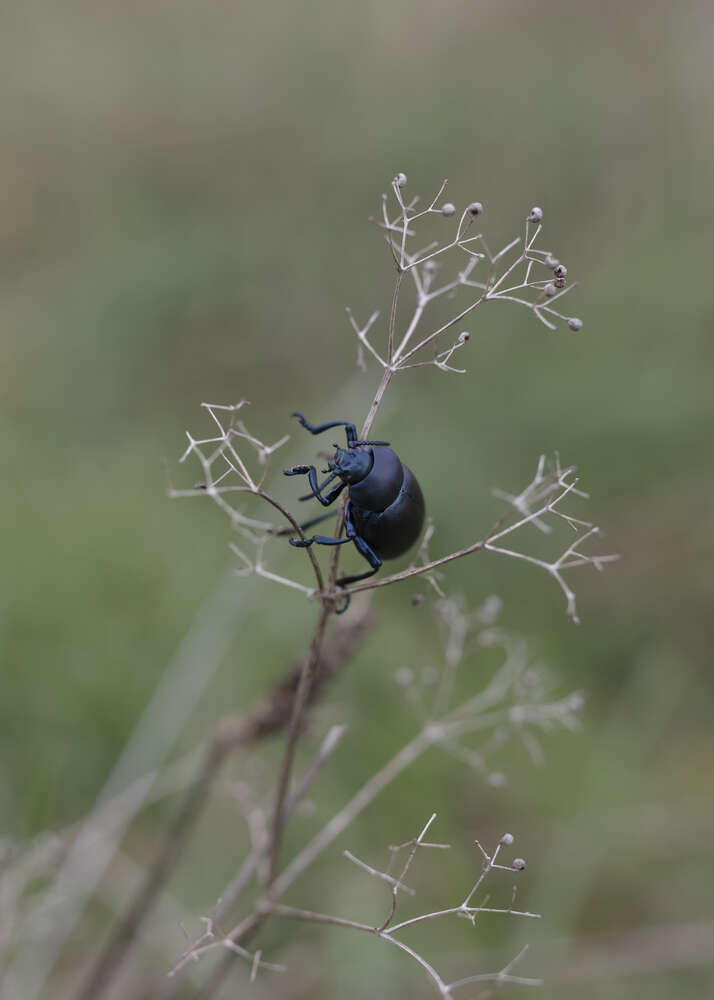
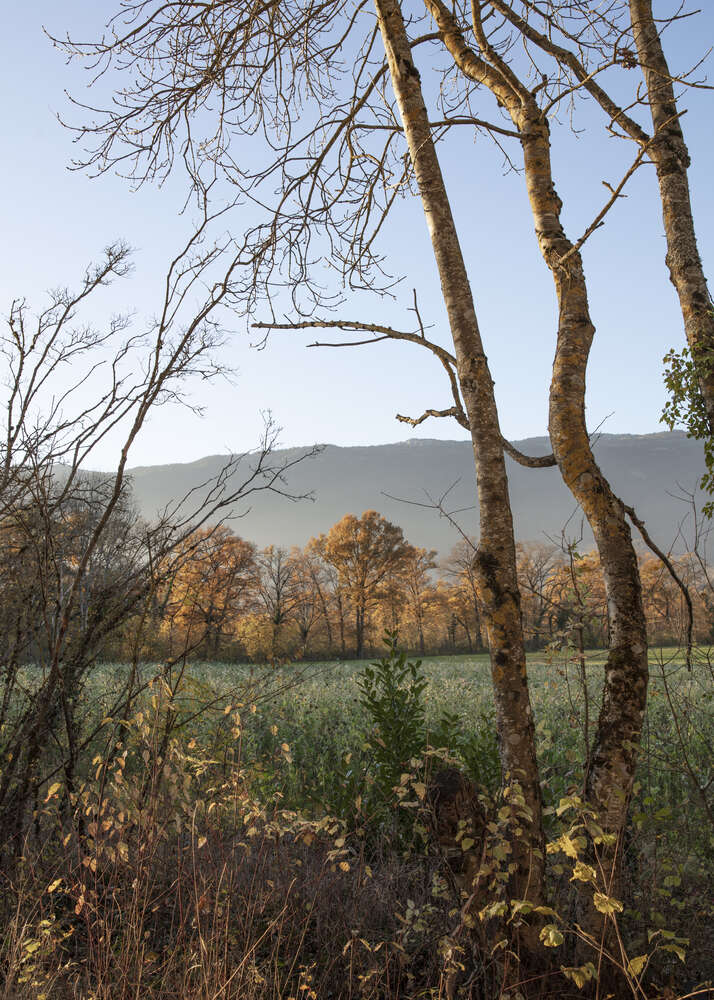
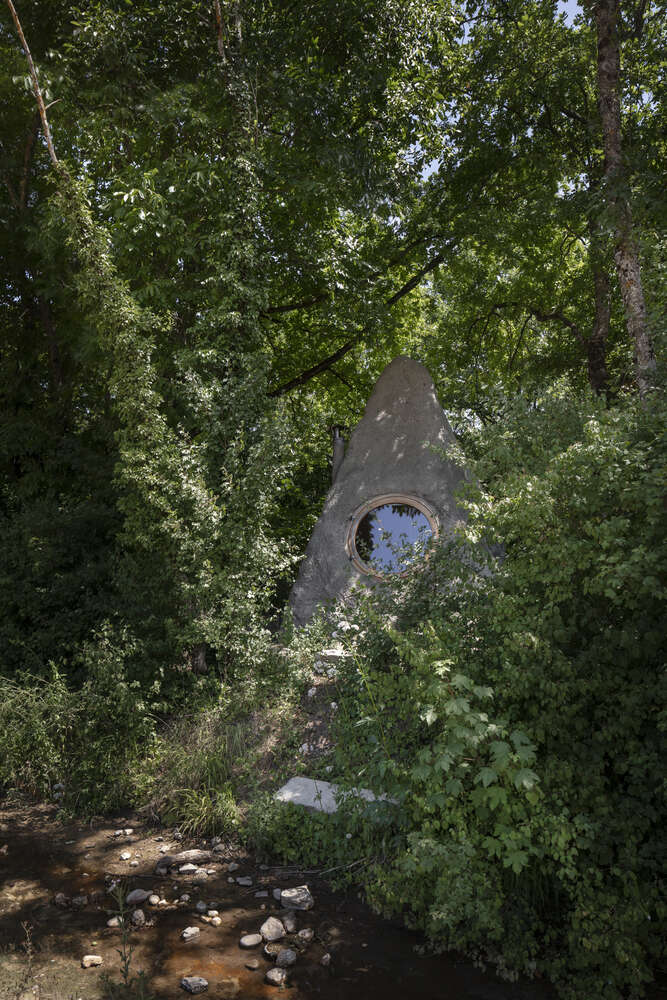
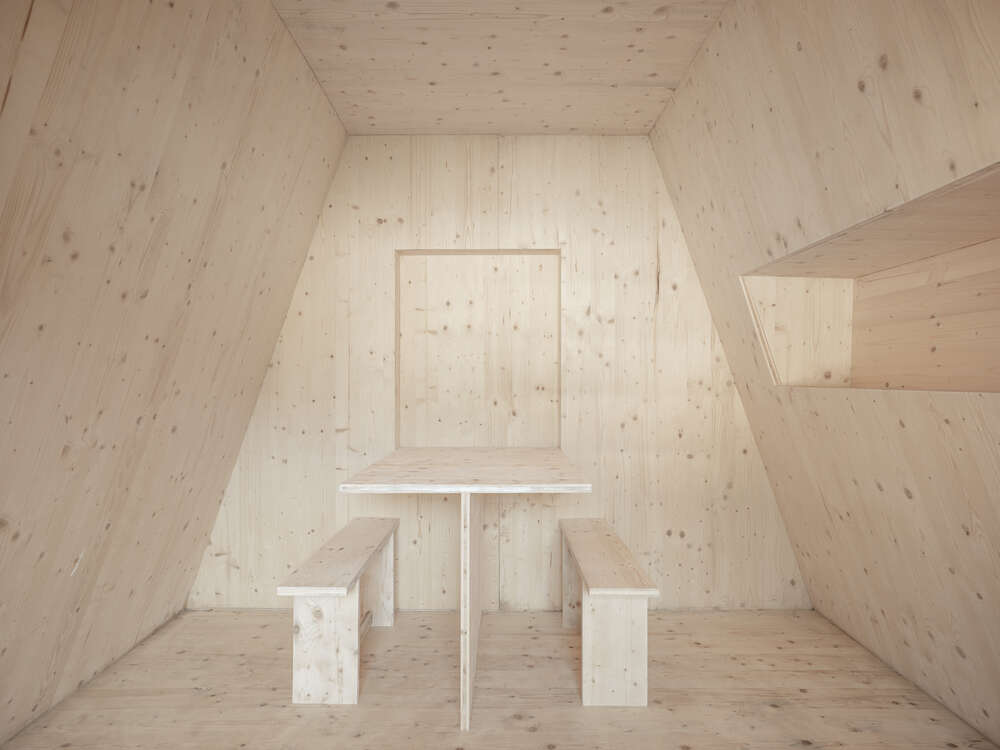
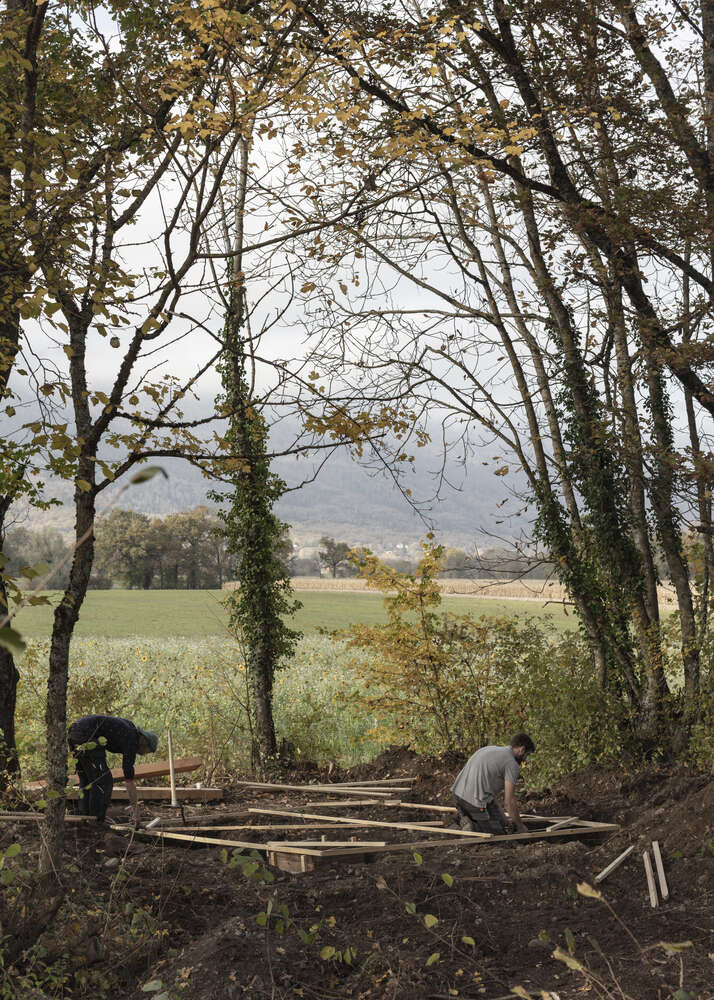
The novelist, Ramuz, gave a fictional life to the three characters. In their literary existence, they were thrown into a historic, tragic moment for the Swiss mountains that actually occurred in 1714, in the village of Derborence, as a major rock-fall from the Diablerets mountain range killed 15 people and hundreds of animals.
The husband, wife and uncle invented by the author inhabited, from the very beginning, the space of the novel and occupied the imagination of many readers. They have also, over the years, established themselves as cultural landmarks in that region of Switzerland: the novel is part of a regional and historical mountain culture.
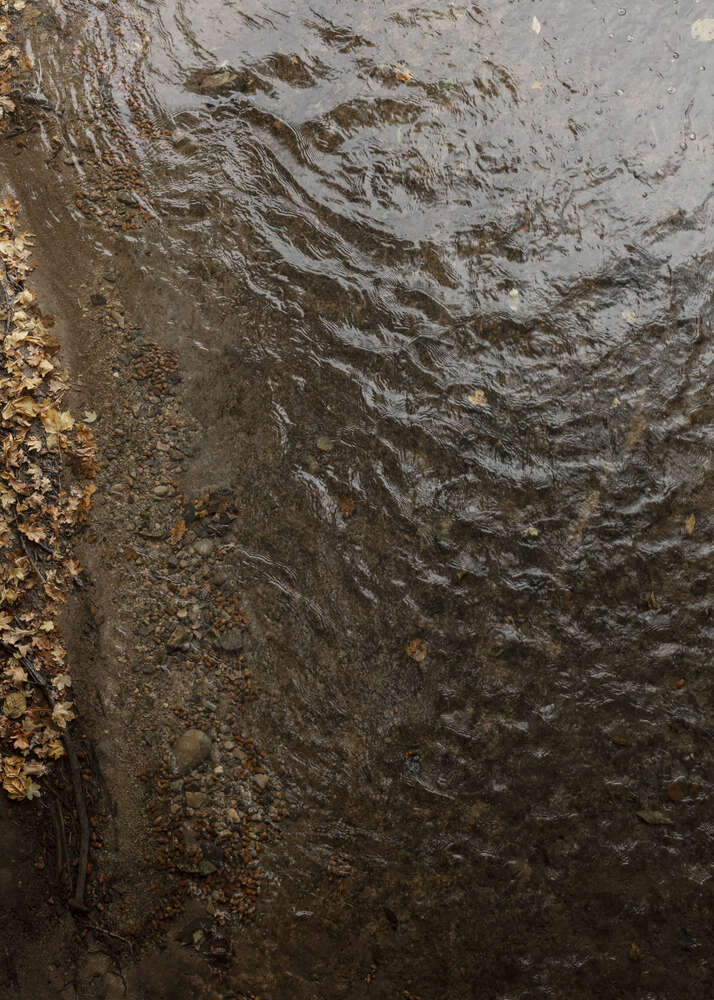
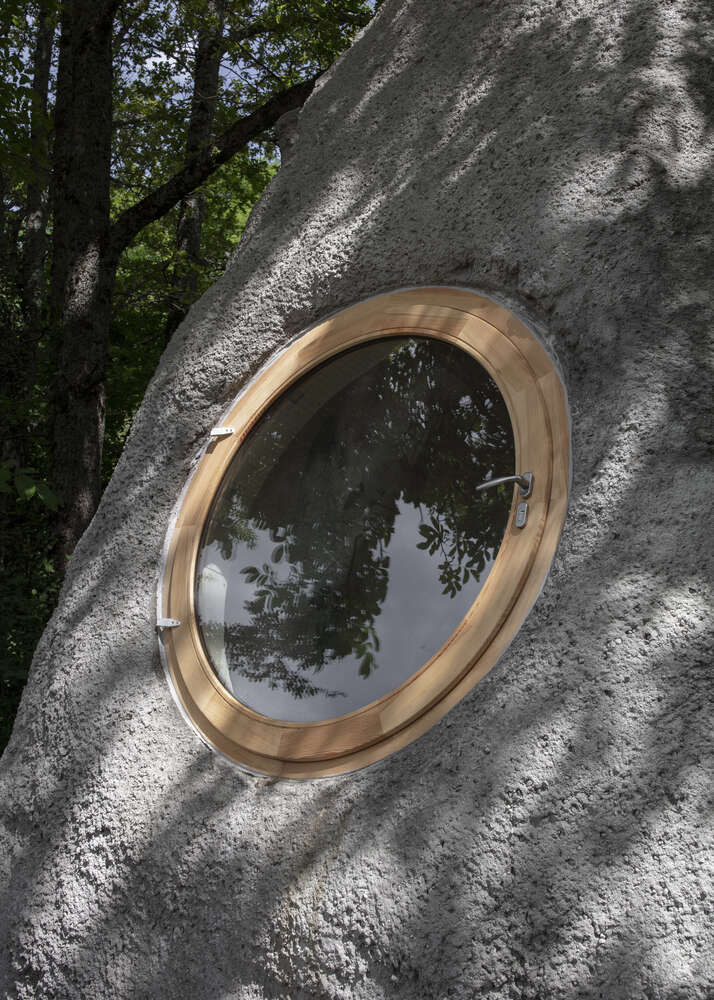
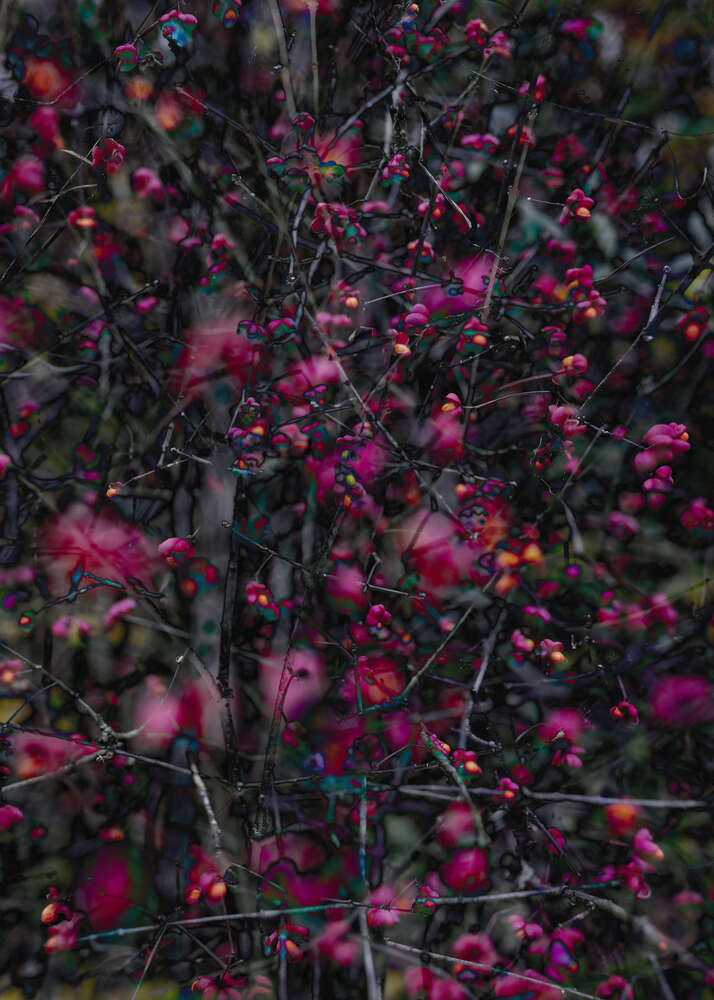
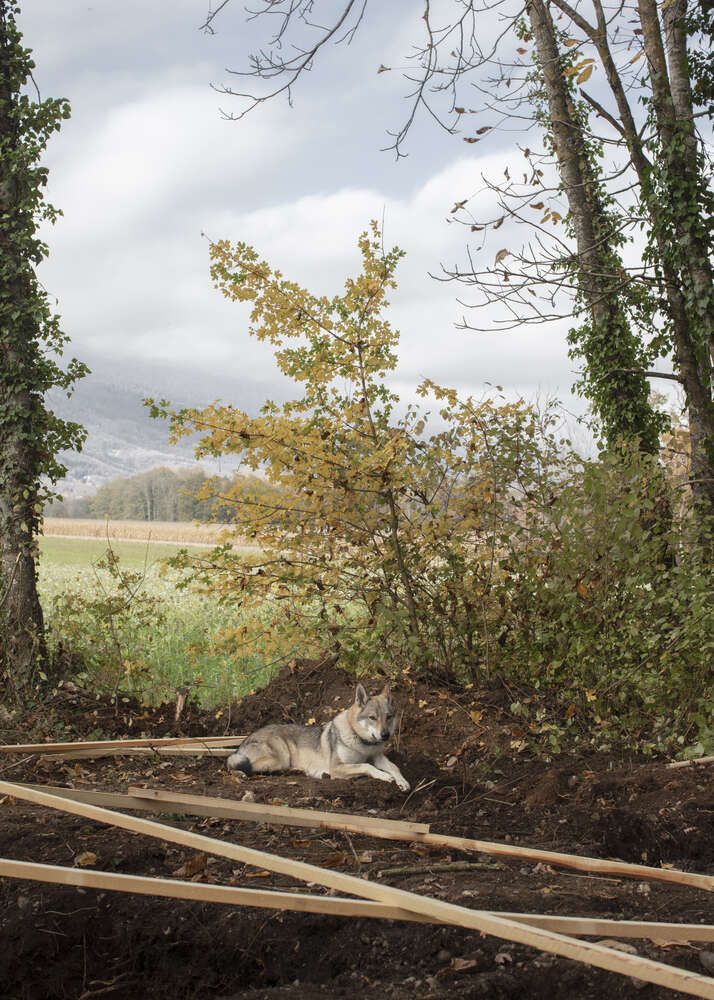

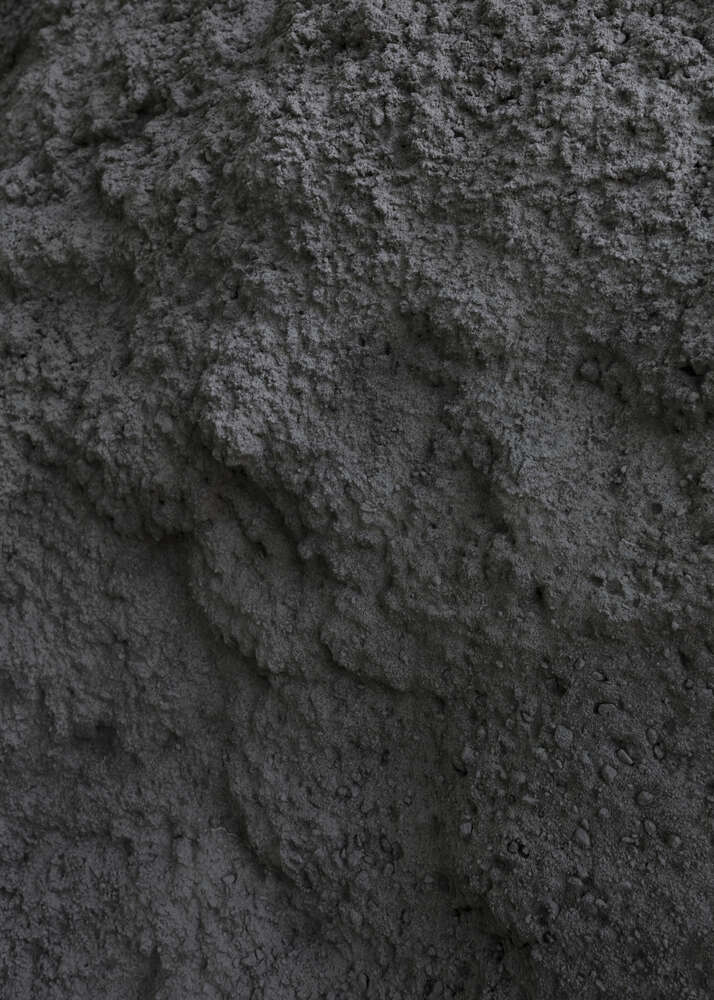
With the BUREAU’s involvement in these complex stories, another layer is added. The bodies of the novel’s characters are once again metamorphosed, in this case from the fictional world, to become physical realities with non-human forms. They are transformed into rocks, embracing bodies that enclose flesh-and- bone inhabitants in their interior wooden architecture.
Thérèse emerges from this linage, continuing a multi-layered story that began with Antoine and extends its territorial reach, with the common feature that they both belong to artistic backgrounds. Thérèse’s host context is a piece of land where the artistic community of “Bermuda” has settled and developed its artistic and environmental activities. Antoine was installed in 3-D Sculpture Park (Verbier) in the Swiss Alps.
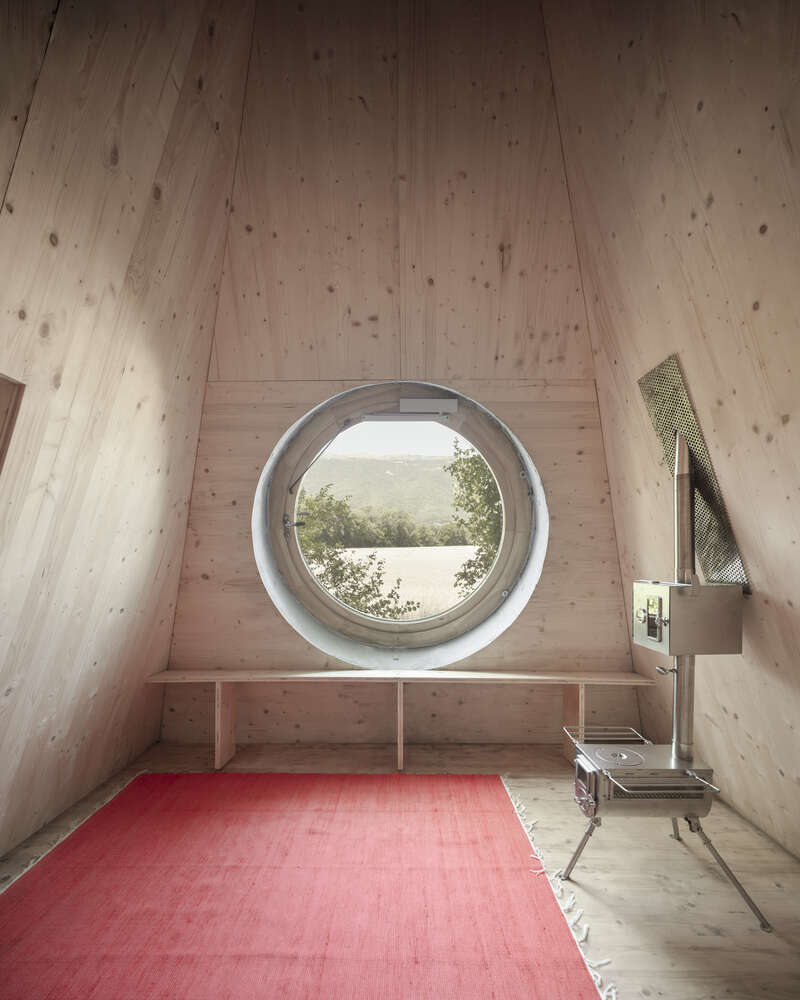
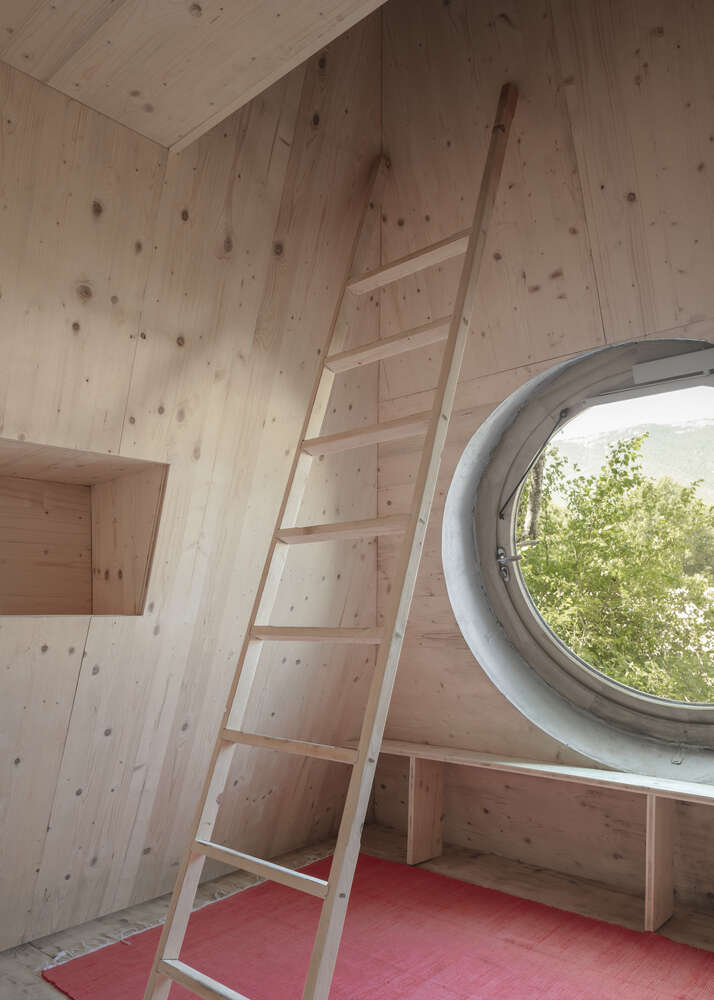
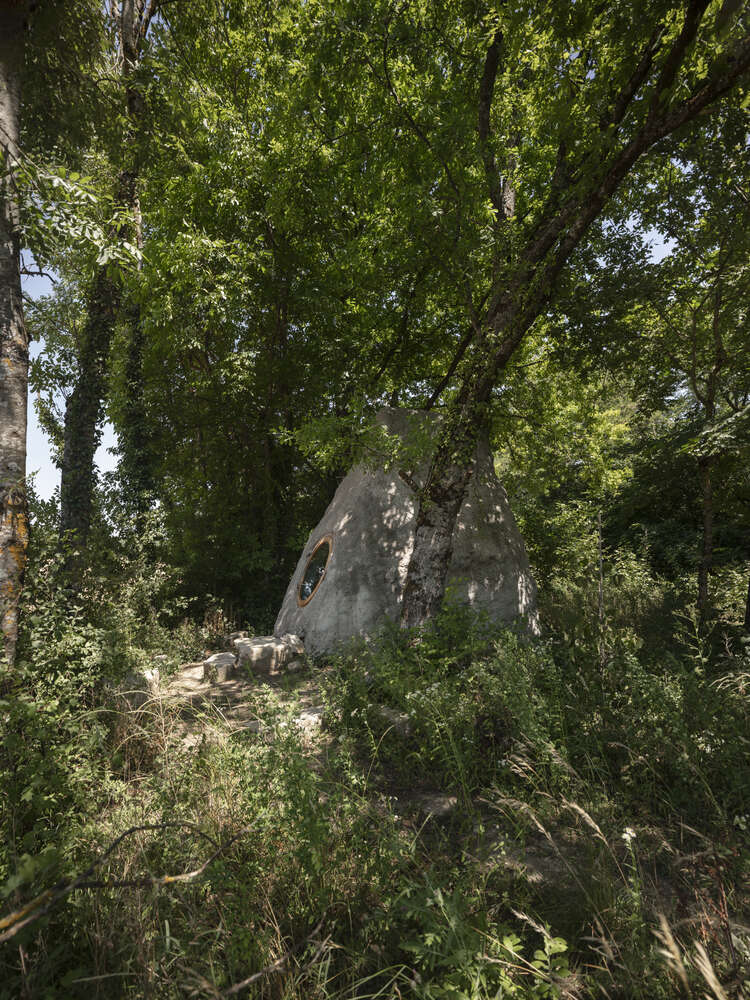

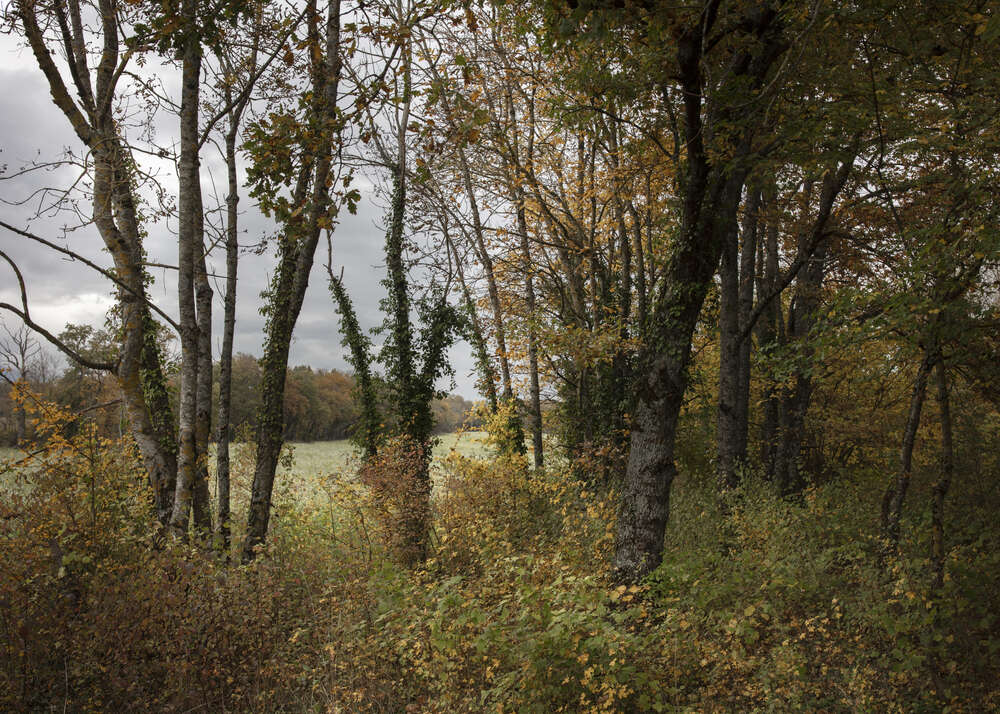
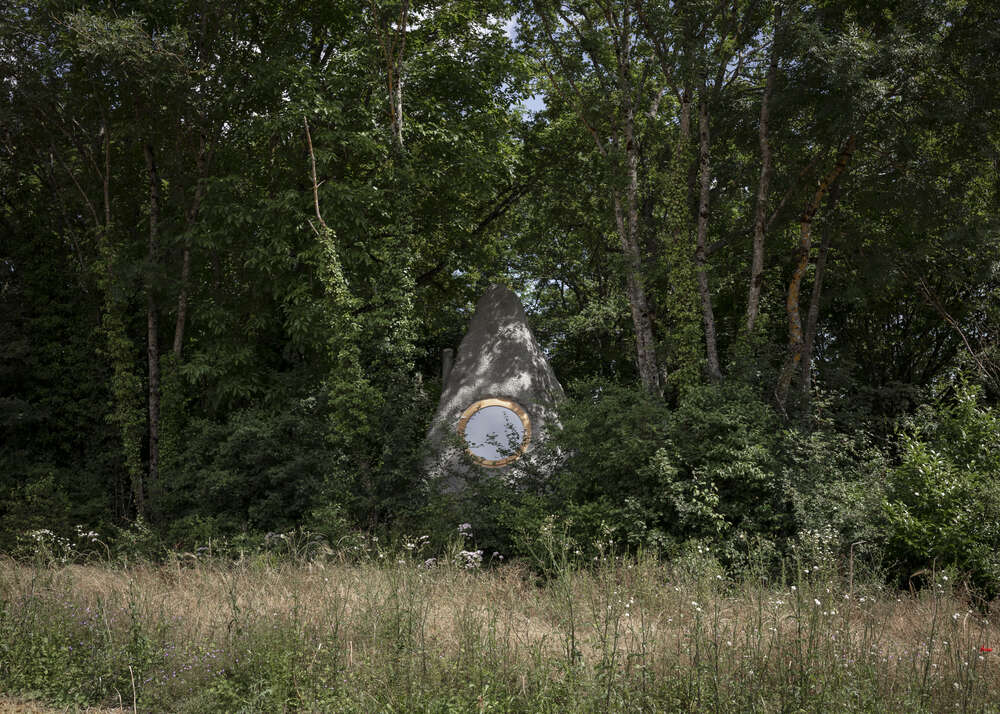
Thérèse was thought and built along the same lines as Antoine, creating interconnected dependencies of art and other travelling communities. She is part of a territory constituted by networks of interconnected influences and affinities on which we depend, understanding the territory we occupy, but also a series of relational co-habitations. Habitation is political here, as the two shelters are nowhere near commercial or speculative routes or agendas. They offer a place to many outside of any financial or economic considerations, assuming their modesty.
Daniel Zamarbide, Geneva, Winter 2022
With the support of the Swiss Arts Council Pro Helvetia.
](https://d2heamyfh1159w.cloudfront.net/logo_prohelvetia.jpg)